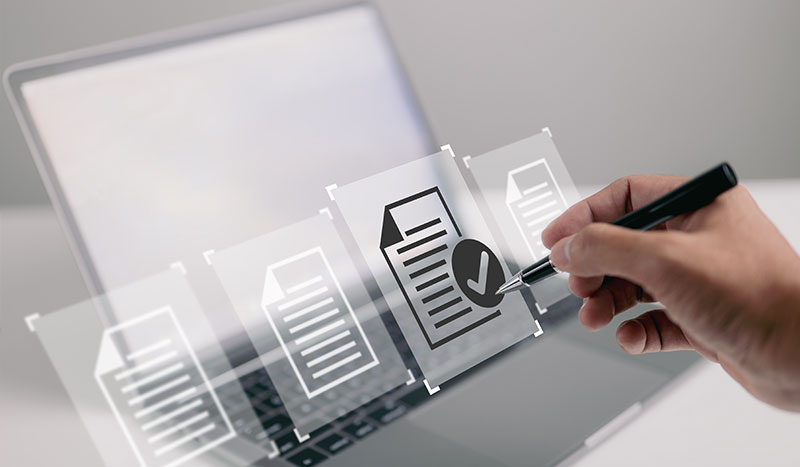Staying compliant with the ever-evolving regulatory landscape is paramount in the fast-paced business world. The burden of manual compliance reporting can be time-consuming and error-prone for professionals. Fortunately, automation, coupled with expertise, can be a game-changer. In this blog, we’ll delve into the art of automating compliance reporting, streamlining the process and ensuring accuracy.
Why Automate Compliance Reporting?
Automating compliance reporting is not just a trendy buzzword; it’s a necessity. Here’s why:
- Accuracy: Manual data entry is prone to errors. Automation ensures data accuracy, reducing the risk of non-compliance and penalties.
- Efficiency: Automation slashes the time required for report generation, allowing professionals to focus on more strategic tasks.
- Adaptability: Regulations change frequently. Automation can quickly adapt to new requirements, keeping your business compliant.
Let’s break down the process of automating compliance reporting:
- Data Extraction: Create a system to extract data from your accounting software. Utilize tools like Microsoft Power Query for seamless data retrieval.
- Validation: Develop validation rules within the system to cross-check extracted data against regulatory requirements. If discrepancies are found, the system can flag them for attention.
- Report Generation: Employ workflow automation tools such as Microsoft Power Automate to generate reports automatically. These reports can be tailored to meet specific regulatory needs.
Key Benefits of Automation:
- Time-saving: Automation allows professionals to focus on analysis and decision-making rather than manual data handling.
- Reduced Errors: Minimise human error and enhance the integrity of reports.
- Auditing Made Easy: Automated systems maintain logs, facilitating audits and ensuring transparency.
Affiniax Partners offers this service, and if you’re interested, please contact Nihar Kothari, Partner at nihar@affiniax.com


